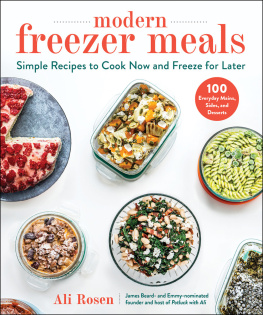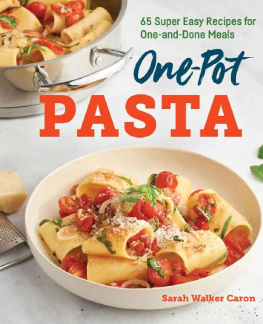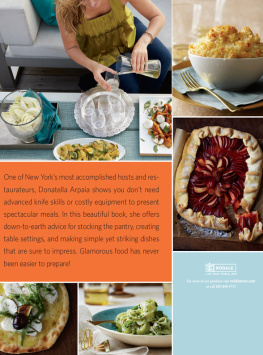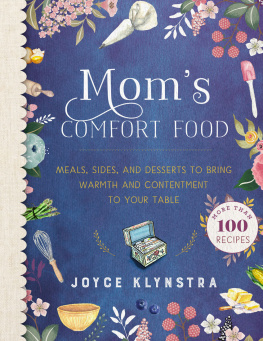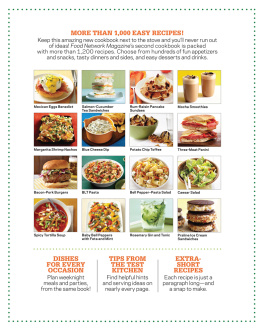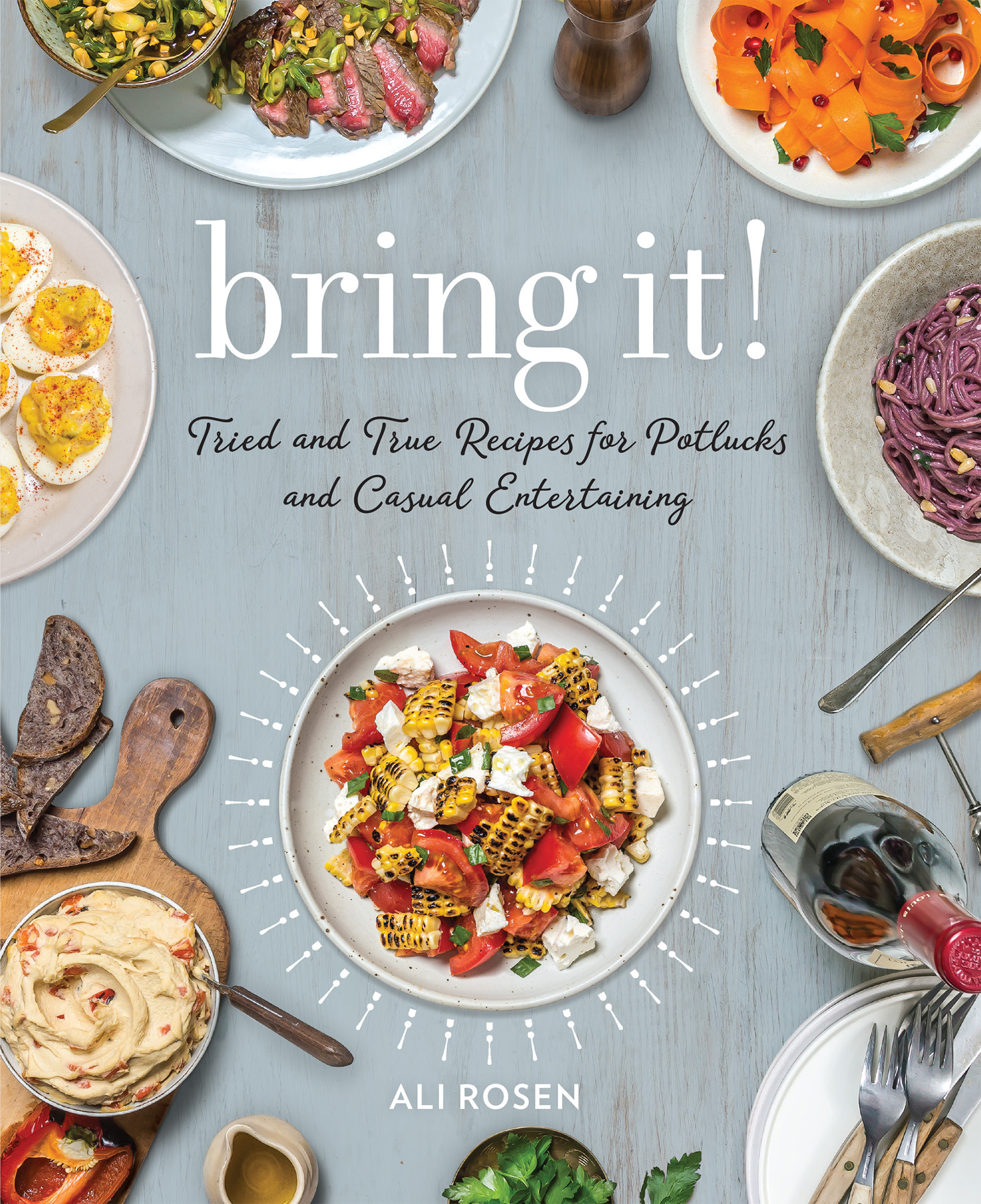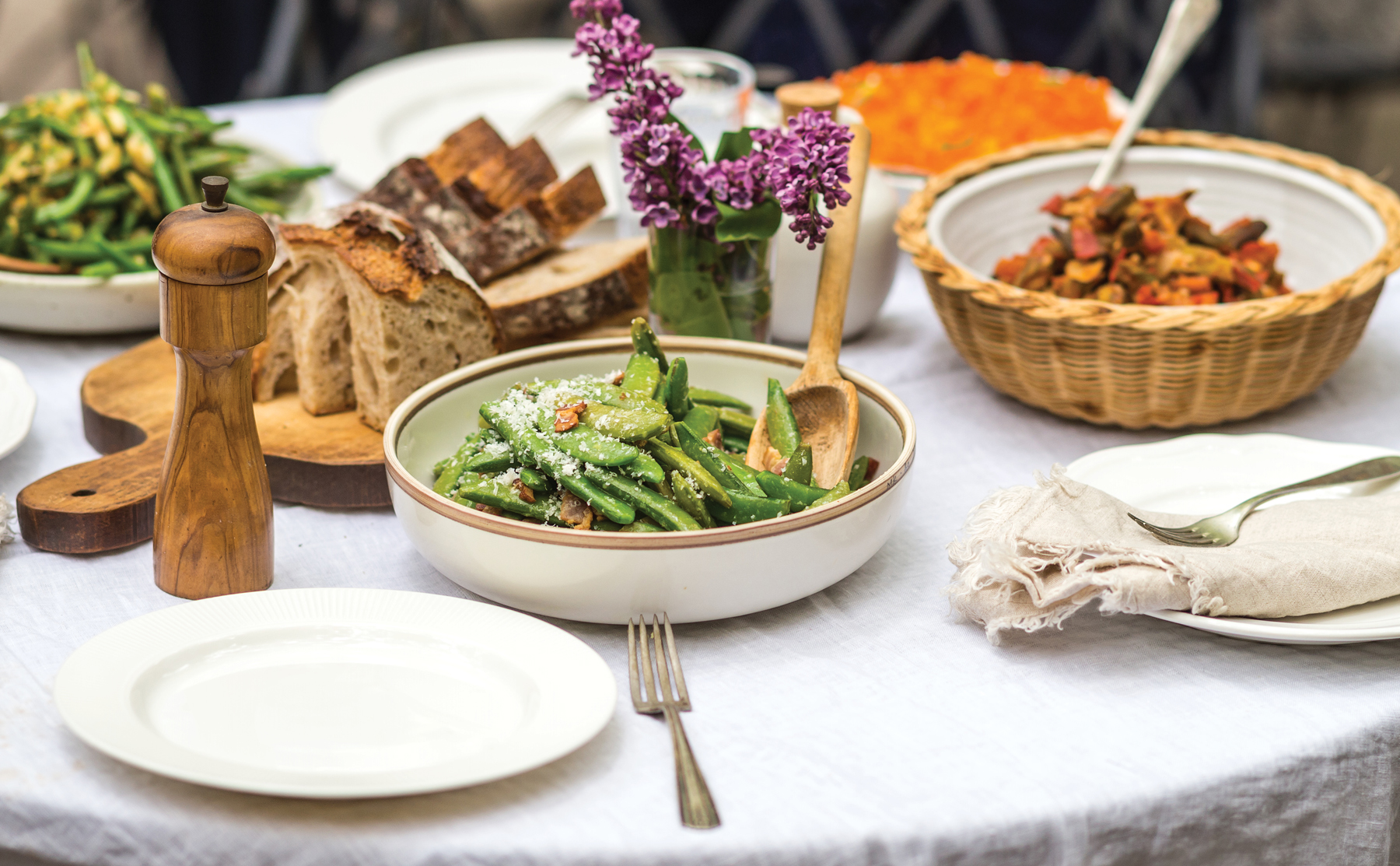Copyright 2018 by Ali Rosen
Hachette Book Group supports the right to free expression and the value of copyright. The purpose of copyright is to encourage writers and artists to produce the creative works that enrich our culture.
The scanning, uploading, and distribution of this book without permission is a theft of the authors intellectual property. If you would like permission to use material from the book (other than for review purposes), please contact permissions@hbgusa.com. Thank you for your support of the authors rights.
Running Press
Hachette Book Group
1290 Avenue of the Americas, New York, NY 10104
www.runningpress.com
@Running_Press
First Edition: March 2018
Published by Running Press, an imprint of Perseus Books, LLC, a subsidiary of Hachette Book Group, Inc. The Running Press name and logo is a trademark of the Hachette Book Group.
The Hachette Speakers Bureau provides a wide range of authors for speaking events. To find out more, go to www.hachettespeakersbureau.com or call (866) 376-6591.
The publisher is not responsible for websites (or their content) that are not owned by the publisher.
Photography copyright 2018 by Noah Fecks
Prop styling by Kristi Hunter
Food styling by Ashton Keefe
Library of Congress Control Number: 2017955766
ISBNs: 978-0-7624-6272-8 (hardcover), 978-0-7624-6273-5 (ebook)
E3-20180111-JV-PC
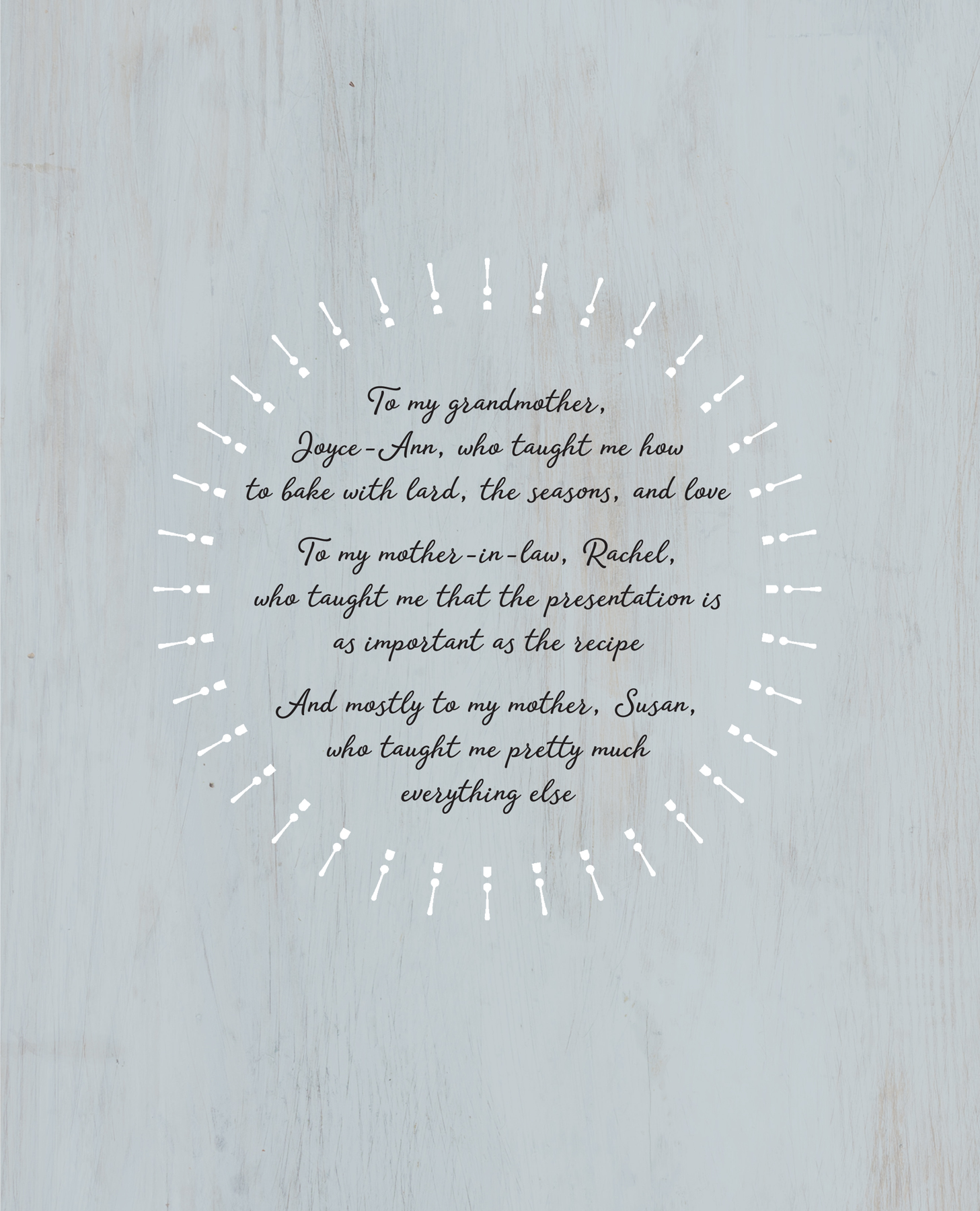
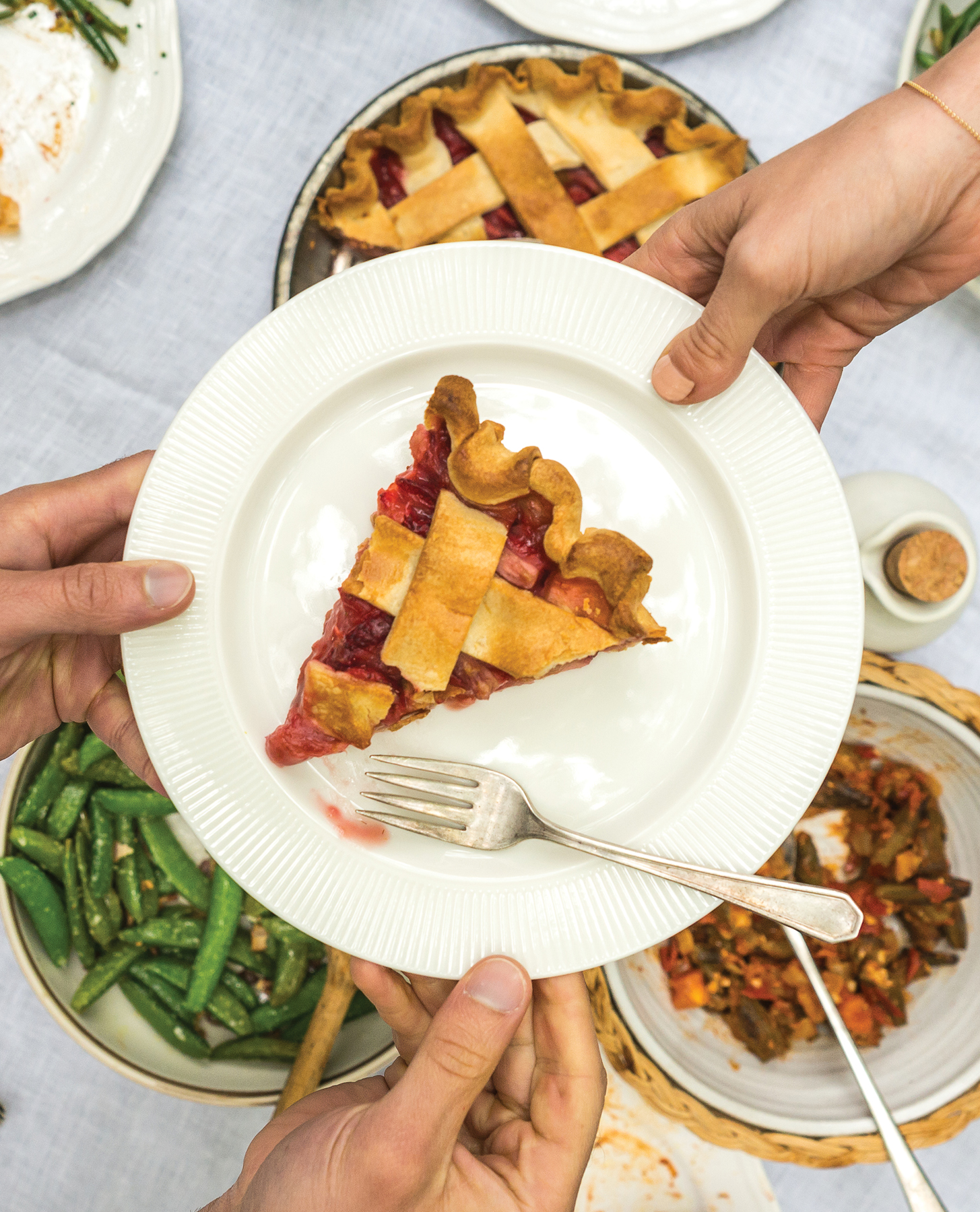
W hen I decided to name my company Potluck, my mother immediately thought it was a terrible idea. Potlucks always have horrible food! she chided. You dont want to be associated with something that people dread. I tried to explain to her that it was a metaphor: I wanted to bring everyone to the table, have different ideas come together for one purpose, and showcase a variety of talents. But in a way we were both right. A potluck, a picnic, or any kind of gathering around food can be a wonderful way to bring people together, but only if it is done properly.
Most dinner parties today do not represent the Pinterest-inspired dreams we see online and in magazines. Reality is more often family and friends with some food and a few decent (or not-so-decent) bottles of wine, hoping to enjoy their afternoon or evening. Bringing food from disparate parts is often the solutionmaybe the first choice or maybe just the necessity. But the resulting potluck doesnt have to be the nightmare my mother imagined.
How many dinners do we now have where someone says, What can I bring? and the host welcomes the offer to bring something substantial like a salad or the dessert? Many dinner parties are a group effort, designed for fun and ease rather than formality. Bringing food is now just part of the modern modern-day dinner scenario.
These recipes are meant to take away the burden of playing host and bring people together around food they want to eat. They are for picnics in the park when you want to make sure you have enough food to stay all day; for neighborly meals delivered to a family that needs a few weeks away from the stove after an illness or a new baby; for that holiday meal no one wants to volunteer to host; for block parties, school gatherings, or study groups; and even (or especially) for a weeknight meal at home. They are for building community around food.
Bring It! is for those perfectionists who dont think shortcut is a dirty word. The recipes here are practical, fun, and foolproof and make sense for cooks who dont have access to obscure ingredients or the time to perfect a souffl. These recipes are, I hope, aspirational and attainable, all while holding up beautifully after a jaunt across town.
Its a motto Ive come to live by in these busy times. Case in point: a couple of years ago I got involved in a chef conference called Cook It Raw, where some of the worlds best chefs come together to learn in a new environment. The conference was being held for the first time in the United States in Charleston, South Carolina, my hometown. I offered to host something at my family home. One thing led to another, and suddenly I was offering to have a casual meal ready as the first stop on this weeklong bonanza. Instead of just attending a conference, I was now also cooking for chefs as acclaimed as Dan Barber, April Bloomfield, and Albert Adria. There was no way my cooking could match their talents. But I knew that after traveling from afar, everyone would probably just want a chance to hang out, and get to know Charleston and its cuisine. I forced myself to relax, and plan a menu that would encourage the guests to relax too.
My task was to make a lot of food and to have it work for the crowd whenever they showed up. I made casual dishes like pimento cheese dip, grits cakes, and oyster shooters. Then I called in the reinforcements of a family friend who makes the worlds best deviled eggs. I asked another friend if he could bring along some benne wafers, a sweet and delectable local dish. The dinner was a success. By the end of the week, I had received multiple e-mails from chefs and attendees: despite all the amazing food that the chefs later experienced, that initial, casual introduction to Charleston had been deemed a favorite moment. It allowed them to unwind. Nothing was fussy, and the casual serve-yourself atmosphere allowed people a delicious respite from the rest of the weeks frenetic pace. Even among the most illustrious of cooks, a potluck can be the best-case scenario.
Ive been lucky to spend many years learning from incredible chefs and eating around the world. But I also know that theres only so much time most of us have to devote to a recipe. This book aims to take those experiences and distill them into relatable, effortless dishes. Just because a recipe is easy doesnt mean it has to feel basic. Just because it took only 20 minutes doesnt mean your dish wont be the hit of the party. I want you to abandon the notion that cooking for guests needs to be complicated to be impressive. Deciding on the menu ahead of time and outsourcing some of your dishes to your dinner guests should no longer be seen as a backup or cheating: its a smarter way of cooking that we all are aiming to do more of.
Its time to bring it.
Theres an art to a meal where all the food is made ahead or brought in. It should be an orchestrated dance of different cooks in different kitchens all coming together at one table for a meal that feels both cohesive and simple. Its a way to include everyone: everyone contributes, everyone is involved, everyone is waiting to hear word that his or her dish is delicious. So how do you ensure that your meal is successful? How do you keep it from being a collection of disparate dishes? It starts by thinking about the event as a whole, before you even get to the food.


